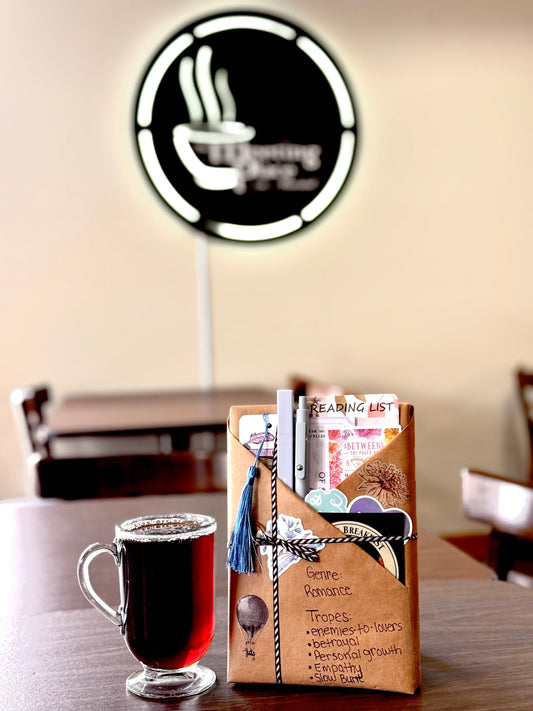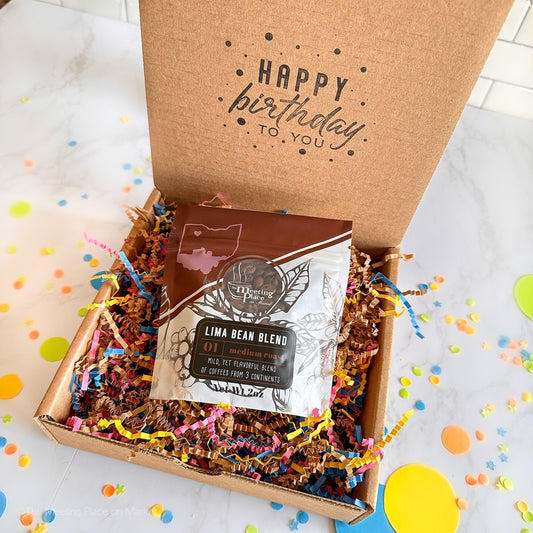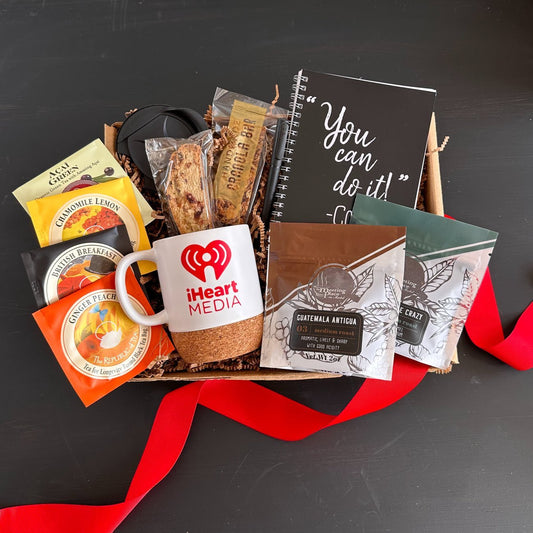Lab coats and goggles on, kids. We’re about to do some science!
Well, we’re not actually doing science. Pretty sure my insurance doesn’t cover a laboratory. But we are discussing science - specifically the science of baking ingredient staples. As has been previously discussed in this blog, baking is just chemistry with an apron on. All baking (minus the unicorns) occurs because of chemical reactions between ingredients. Add or subtract any of the basics, without providing a suitable substitute, and you’ll often end up with a mess. So, let’s open our textbooks and discuss the “Big 6” ingredients.
If a baked good was a house, the flour is the concrete foundation. And the frame. Without it (or an acceptable substitute,) the entire place is going to crumble and you’ll be left with a mess. Before I continue, there is an important note. Flour is a finicky girl. She is sensitive on time and overmixing. Remember this as we go forward. So flour has a secret - it’s jammed full of proteins, also known as gluten. And, once activated with liquid, those proteins start bumping into each other. And then they start shaking hands and saying hello. This forms strands within the base that traps air from your leavening agent and your item to rise. Mix them for too long, however, and they start hugging and getting way too close.This will cause your baked goods to be more dense and tougher. Cakes, quick breads and cookies? Handshakes. Something like yeast bread? You’re looking for hugs.
Eggs are a one, two punch when it comes to ingredients. The whites of the egg provide additional structure to your item with proteins while also adding volume with liquid. The yolks provide fat, flavor and add to the overall texture of the item, making it consistent and smooth. The general rule is, unless otherwise specified, you should always use Grade A large eggs in baking. A quick tip: always crack your egg on a flat surface, not the side of the bowl. Although it is rare, bacteria can live on the surface of the shell. When you crack an egg on the side of the bowl, you push the shell into the liquid and pick up any little gremlins that may be living on the outside. It is always better to crack your egg on a flat surface to avoid any contamination.
Next up is sugar and, depending on the type of sugar being used, she is a multifaceted player. Regular white sugar is great at sweetening up a dish, but it is also used to help stop gluten from being overproduced. Sugar will push its way into the center of that hug like a chaperone at a high school dance…6 inches between people! It also cuts into butter and makes tiny holes that allow co2 (from your leavening agents) to get trapped. This allows your baked goods to expand. If you’re using brown sugar, it does all of the above and has the added benefit of molasses which slightly increases the liquid content of your item, keeps the sugar soft and pliable, and adds depth and a strong flavor to your item. Brown sugar is sassy, so you can’t just substitute it for white sugar. It will drastically change the flavor of your item and mess with the structure. So if you’re running low on white sugar and need to supplement, try to use a ratio of 50/50.
I don’t know about you guys, but this teacher is tired. It seems like a really good time for recess. Time to put your pencils and notebooks away and let’s take a little break. Go play kickball for a little while and we’ll continue the lesson next week!





